
A U S T R I A
MAY I LOVE YOU
Austria
Don’t see, don’t know
Austria
The Holy Roman Empire, a feudal monarchy that once spanned Western and Central Europe, does anyone know where its capital is?
No, No, No.
Not the city of Rome, that was papal territory.
The former Austrian Empire relied on the "Great Marriage" plan to make Vienna the capital of the Holy Roman Empire for 400 years.
The Kingdom of Austria looked down on France, Ottoman and Germany and relied on "marriage" everywhere to rule the Holy Roman Empire; it also felt aggrieved by being rubbed on the ground by Napoleon and Bismann.
The history of Austria is almost the history of the rise of the entire European powers. If all the powerful countries in Europe had not "beat up" Austria and taken away a few pieces of land, they would be embarrassed to go out and say hello.
With the First and Second World Wars finally coming to an end. The memory of Europeans being dominated by the Austrian Empire (and later the Austro-Hungarian Empire) finally disappeared with the changes of the times.
Nowadays, when people talk about their impressions of Austria, they are full of endless reveries about literature, art and beautiful scenery.
The majestic Alps, the memory of the Golden Hall of Vienna, the dreamlike and charming Danube River, Beethoven and Mozart who have been immortalized for generations. It all comes together in the small Central European country of Austria.
Elegance and stunningness are Austria’s unparalleled qualities;
Ancientness and prosperity are the faces of Austria’s infinite charm;
Refreshing and rhythmic are the omnipresent scents of Austria.
There are no kangaroos in Austria, but there are enough to satisfy all your fantasies about literary Europe.
Oh, right. Austria also has a "great" "small achievement":
Let 90% of the world think that Beethoven was Austrian;
At the same time, 90% of the people in the world believed that Hitler was German.
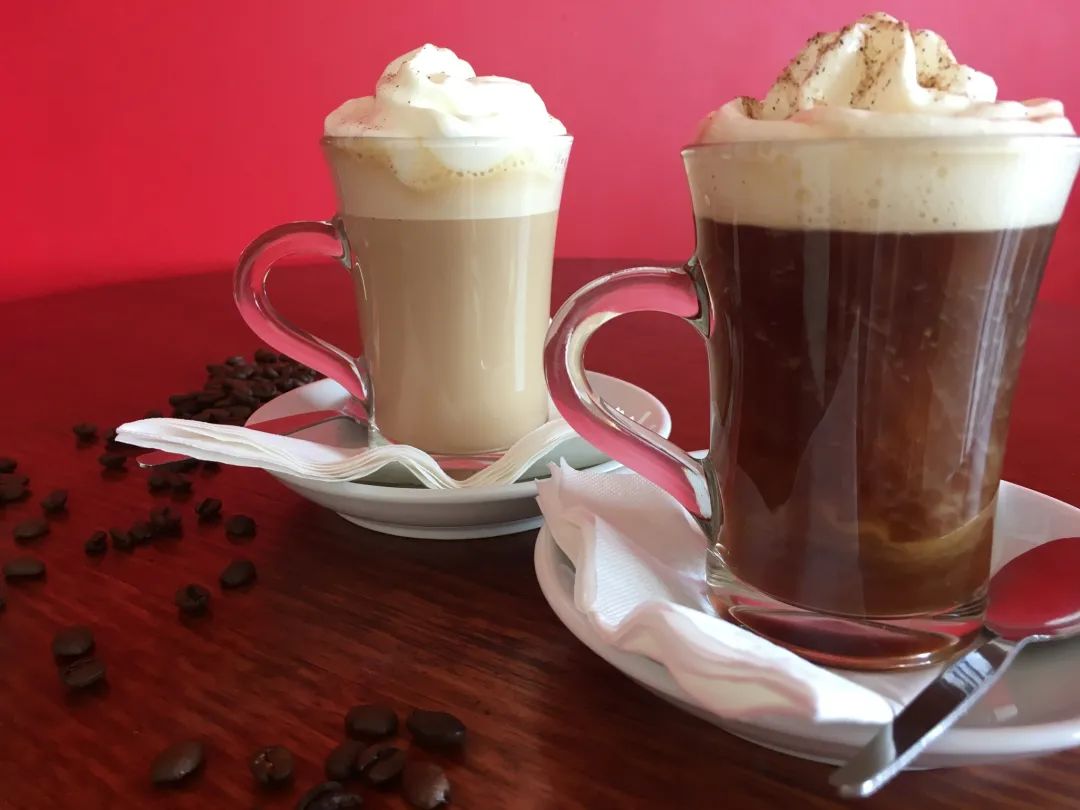
How about a cup of Viennese coffee?
When arriving in Austria, I have to say Vienna.
When you arrive in Vienna, you have to say "Vienna Coffee".
In this romantic city known as the "City of Music", music, waltz and coffee are known as the "Three Treasures of Vienna".
A cup of strong coffee, the aroma permeating the rhythm of the music, swirls and spreads along with the waltz. Reflecting the years and warming time.
I am used to the richness of Italian coffee,
Have tasted the clarity of American coffee,
Have experienced the intoxicating taste of Irish coffee,
Then the sweetness of Vienna coffee will definitely give you a taste experience of "after all the bitterness comes the sweetness".
However, if you casually walk into a Vienna cafe and order a cup of "Viennese coffee" as if you are familiar with it, you will definitely be disappointed.
Because the world-famous "Vienna Coffee" is not called "Vienna Coffee".
It has a unique name - Einspänner.
Fresh white cream, sweet chocolate syrup, and piping hot black coffee are blended in a transparent glass with a handle. This famous Austrian drink is accompanied by cold cream, rich coffee and a smooth mouthfeel, with a sweet aftertaste - yes, it tastes like syrup.
It is said that there are two origins of Espana:
The Austrians, who are highly romantic, have put a different spin on this bitter, hard-to-eat drink introduced from Turkey. Fresh cream and syrup fully blend the "heavy taste" of Turkish coffee.
However, if you think this is the limit of the Austrians.
So let’s take a look at the eclectic Austrians,
How can you play with a cup of coffee in dozens of ways?
Crying cappuccino
Cappuccino and latte should be the most popular coffee.
Coffee, milk foam, and milk are made up of traditional cappuccino and latte in different proportions.
But how can proud Austrians accept foreign names?
Therefore, the combination of milk foam, milk and coffee is called Melange in Austria.

Although the names are different, the habits are the same all over the world. Many Austrians start their day with a glass of milanche every morning.
This is also the most recognized among the many classic Viennese coffees.
Of course, it doesn't matter if you actually order Vienna Coffee's Cappuccino (Kapuziner). It's just that the "cappuccino" here is made with a lot of rich whipped cream and double espresso.
Just don't be surprised.
Girly Mozart
As the motherland of the "musical genius" Mozart, how could there not be a cup of coffee named after him?
Half a cup of black coffee and half a cup of whipped cream. So far it sounds unremarkable, but what if you add a glass of cherry brandy on the side?
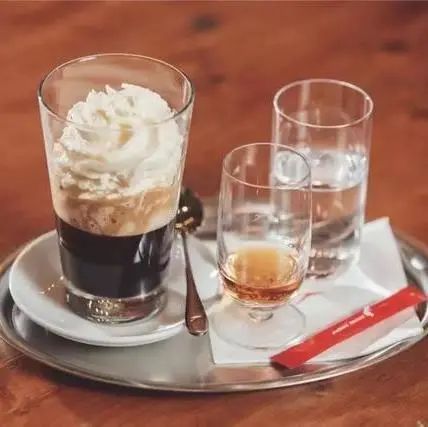
The smooth cream and fragrant pistachios are enough to make people have endless aftertaste. A sip of sweet cherry brandy, how can you not be intoxicated?
Summer special drink iced coffee
If you have ever had Vienna iced coffee, don’t be surprised, it is an authentic Austrian summer drink.
Wiener Eiskaffee (Vienna Ice-Coffee).
Icy black coffee, cold milk, and the indispensable ice cream and sweet vanilla ice cream.
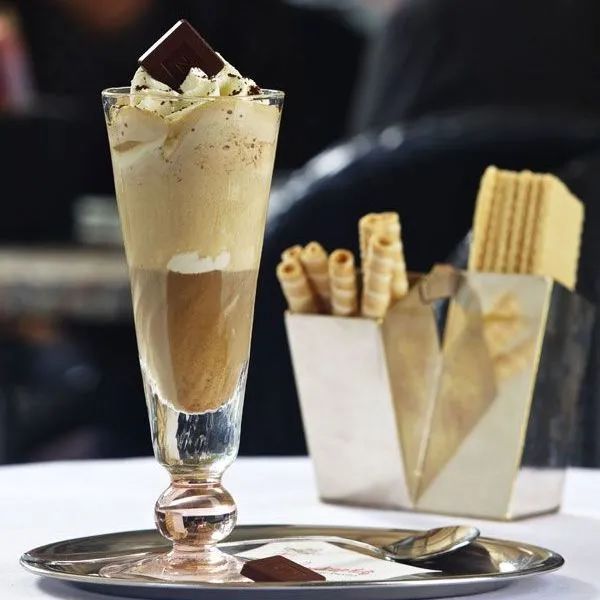
hot? Tired?
How about a cup of iced coffee, which Austrians also love?
The most important thing in life is to be happy. How can you not be happy when it tastes so cold and delicious?

The Austrians uniquely added fresh cream and fruit wine to their coffee, creating many types of Vienna coffee. If you are accustomed to traditional coffee styles, remember to try these unique Austrian "masterpieces."
Do you still remember what the famous "Viennese coffee" is called?
Espana
Einspänner
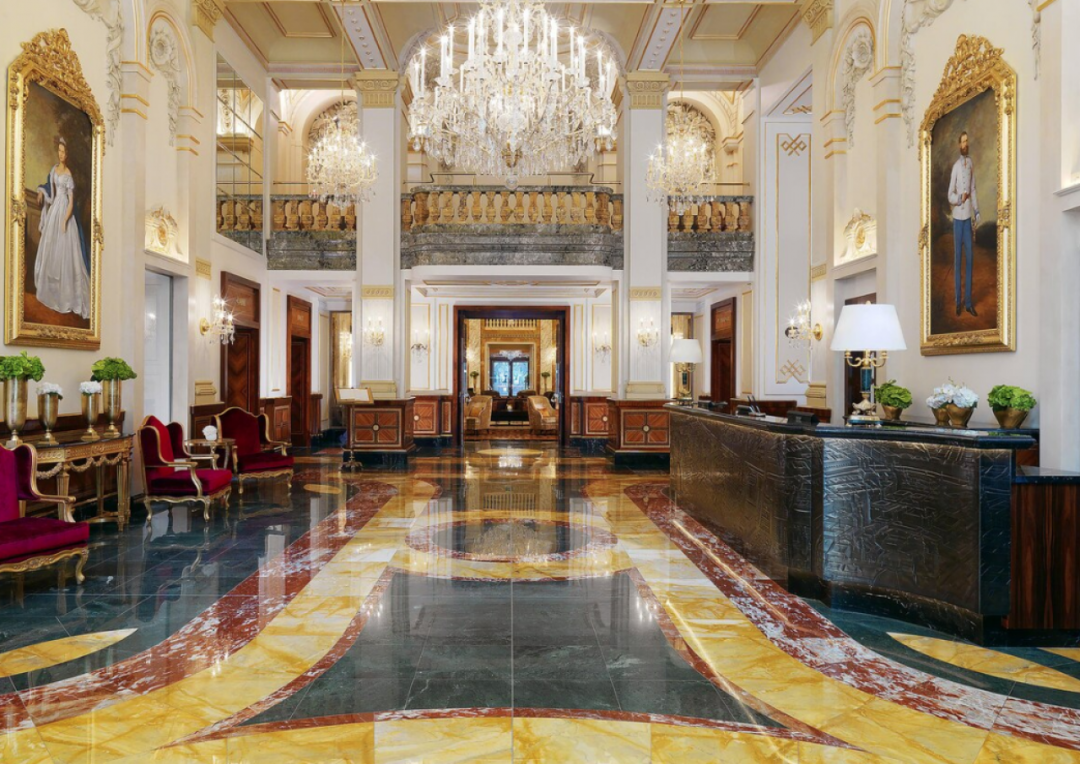
Stay one night at the Imperial Palace?
There are really not many places in this world named after beautiful scenery.
Perhaps the first thing that comes to mind is Yosemite National Park in the United States.
In Vienna, Austria, Central Europe, there is also such a place named after its beautiful scenery.

Belvedere Palace , also known as Bellagio.
German: Schloss Belvedere, English: Belvedere Palace.
This palace is located in the park landscape of the third district southeast of the center of Vienna. It is a historic building complex in Vienna, Austria. It consists of two Baroque palaces, Upper Belvedere Palace and Lower Belvedere Palace .
However, this is not the palace of the royal family, but the palace of Prince Eugen, the famous military strategist and politician of the Austrian Empire.
(By the way, Tang Yan and Luo Jin’s wedding took place at the Belvedere Palace)
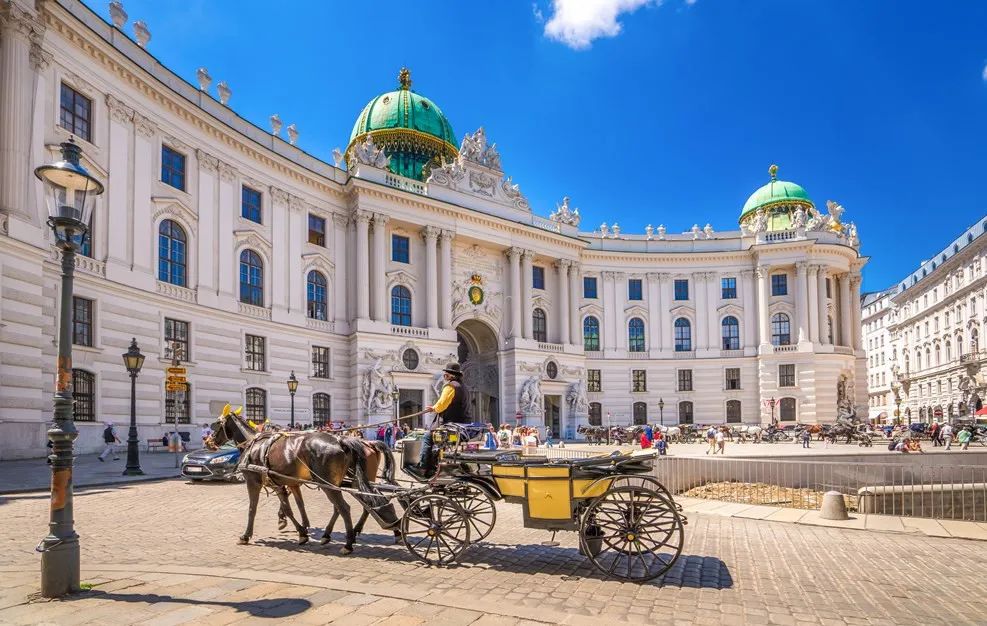
Hofburg Palace , also known as the Winter Palace.
German: Hofburg.
The palace has been the residence of the Austrian dukes since 1279. The entire Hofburg Palace brings together Gothic, Renaissance, Baroque, Rococo, and imitation classical style buildings. This palace, where Princess Sissi once lived, was also the palace of the emperors of the Austrian Empire and the Austro-Hungarian Empire under the Habsburg Dynasty.
(Where is the Summer Palace, you ask? Schönbrunn Palace)

Schönbrunn Palace, also known as Summer Palace.
German: Schloss Schönbrunn, English: Schönbrunn Palace.
The palace's classical and rigorous design and luxurious and dazzling interior decorations make it famous all over the world. Only when you are in it can you truly feel the luxurious and gorgeous life of the royal family who once ruled the Holy Roman Empire.
Belvedere Palace, Hofburg Palace and Schönbrunn Palace are symbols of the glorious history of the Austrian Empire and are known as the "Austrian Three Palaces".
With their majestic buildings, magnificent decorations, and solemn and beautiful gardens, they have gone through hundreds of years of ups and downs and still proudly show the glory of the empire to the world.

No, no, no, what we are talking about today is naturally not these.
These three palaces are currently uninhabited and are not allowed by the Austrian government.
What we are going to talk about today is the Imperial Hotel in Vienna.
Friends who have read our previous articles should know that we rarely mention accommodation.
After all, everyone’s consumption concept is different, and the purpose of travel is also different.
The choice of accommodation is a frugal part.
unless……
Unless the accommodation we are talking about is closely related to the experience of the journey.
Discover the Colors of Paradise: Maldives
Wild Africa Walking: Tanzania
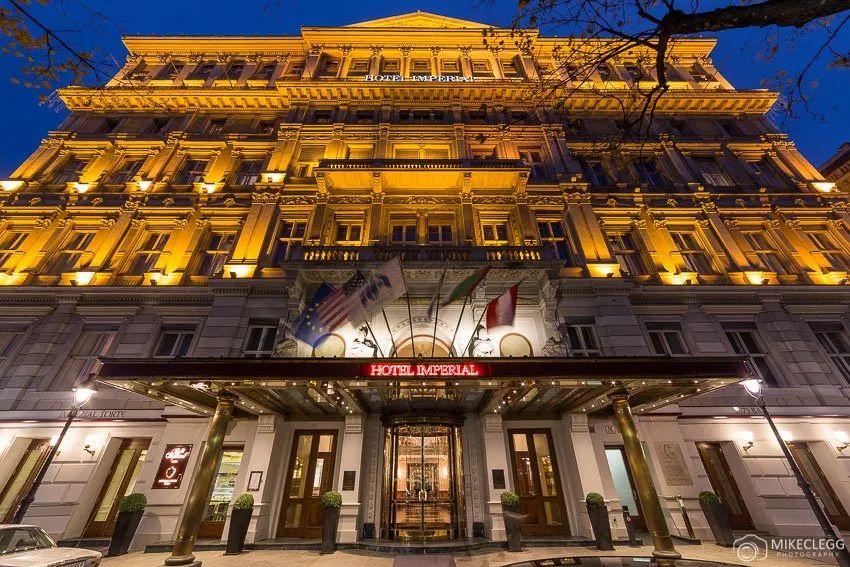
Hotel Imperial in Vienna, is a five-star luxury hotel in Italian neo-Renaissance style.
The hotel was formerly a palace, built on the order of Sissi's husband, Franz Joseph I, and completed in 1863.
The original name was Palais Württemberg . It is the city palace and residence of Duke Philip of Württemberg and his wife Maria Theresa (the Archduchess of Austria).
The Duke and Duchess moved in in 1866, but five years later, the palace was sold (royal fief, sold?).
In 1873, during the Vienna World's Fair, the palace was converted into a hotel and officially opened to the public.
As a city closely related to many royal families on the European continent, Vienna naturally uses the extravagant style of the former royal family and the former palace as a gimmick for tourism promotion.
Therefore, the local hotel industry is also pursuing a retro and luxurious approach.
The decoration of the entire hotel fully retains the classical and luxurious nineteenth-century palace style.
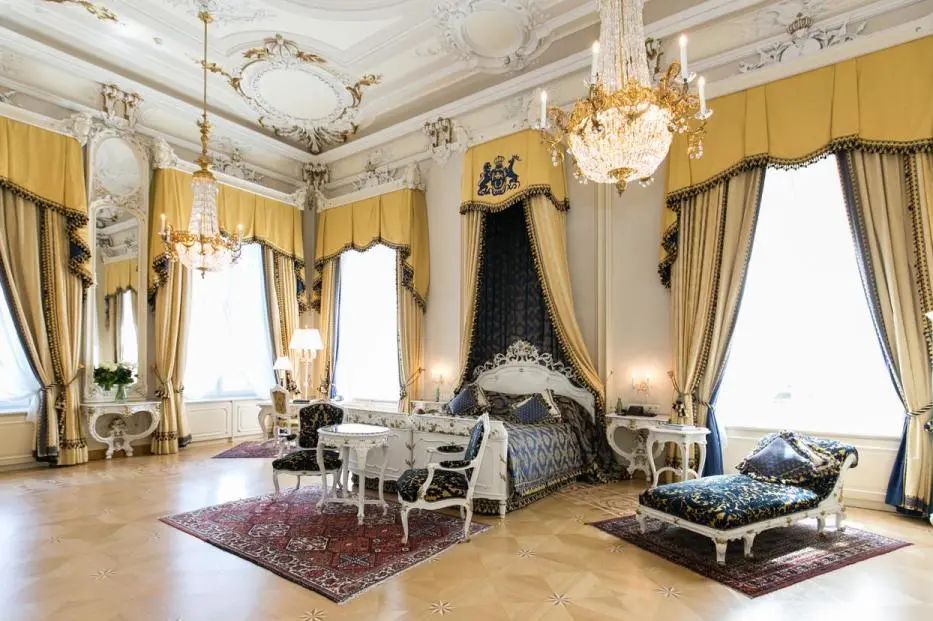

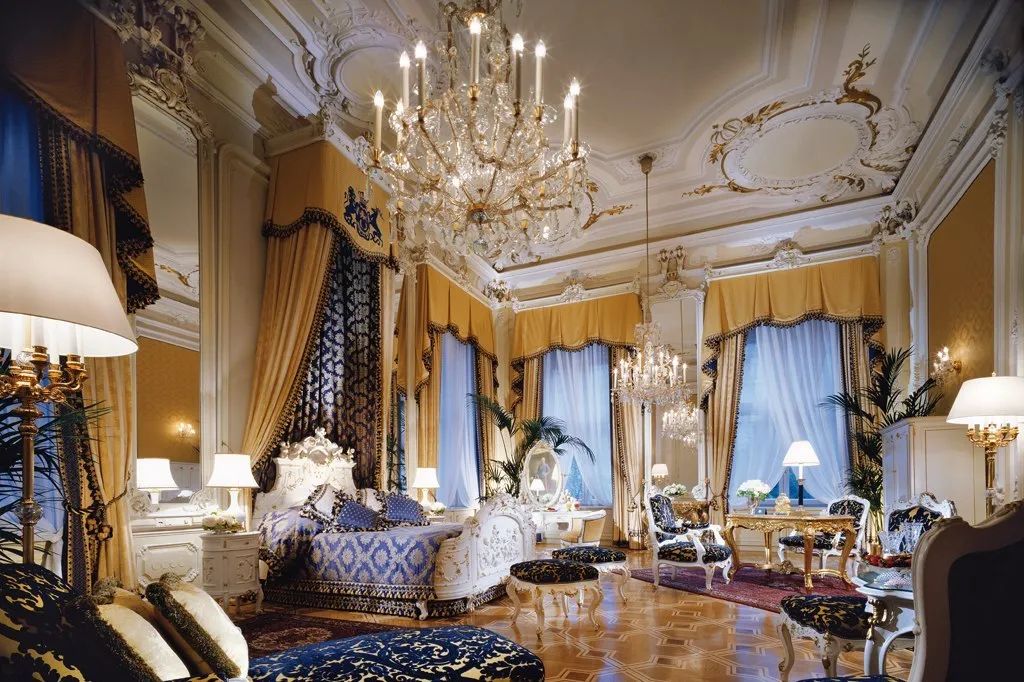

Thick marble columns, exquisite sculptures and paintings are everywhere. Retro beds, elegant and thick curtains, luxurious furniture, and gorgeous crystal chandeliers.
The decoration of every room in the hotel is meticulous in details. It embodies the luxury of the old European aristocracy and the intoxication of the new bourgeoisie.
All arrangements are made to create a comprehensive European palace experience for every resident.
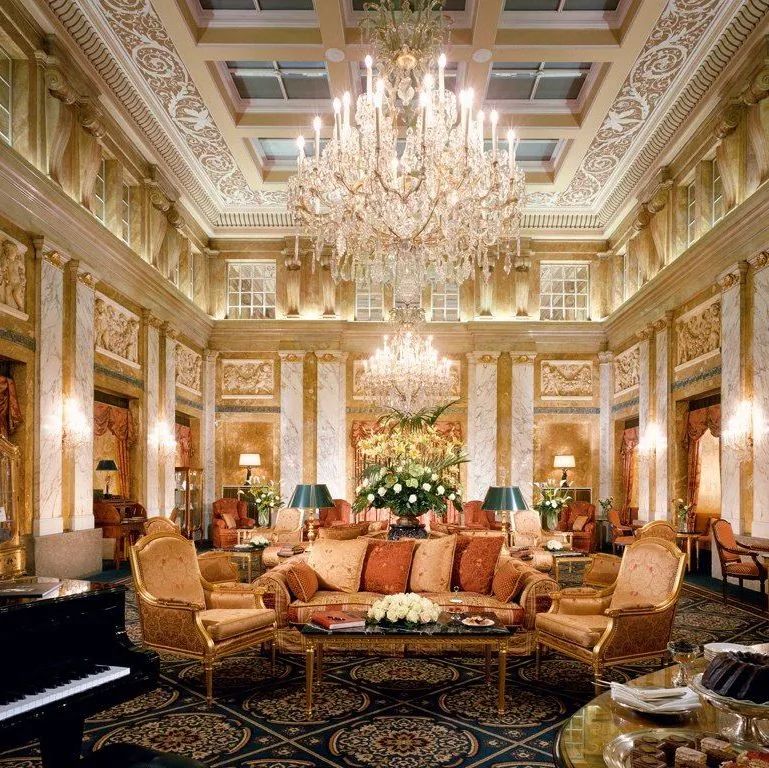

The European-style private butler service has been perfectly inherited and carried forward in this hotel, and has gradually become the standard for private butler service in top hotels.
The butler service in Dubai for rich people is just like copying that of European aristocrats.
Charlie Chaplin, Queen Elizabeth II, Michael Jackson, Madonna and more.
By the way, there are these two:
Adolf Hitler (this brother also worked in this hotel when he was young).
Mussolini (he sneaked in while on the run).
Well, Emperor Hirohito never came.
(The three giants of the Axis powers did not come together~)
However, his son, Emperor Akihito, and his wife also lived here in 2002.
It can be regarded as making up for his father's "regret".
Of course, there are also almost all the dignitaries and celebrities from various countries who visit Vienna, Austria.
To be honest, it's not expensive.
After all, as a 5-star hotel under Marriott (Marriott Group), their pricing is not that high. An ordinary room costs 500 Australian dollars per night, which is basically 3,000 yuan.
As for the suite~~
Frugalness depends on people, frugality depends on people~~~
Next door to the hotel is the Vienna Musikverein.
Did you just say art?
Have you booked your tickets?
No problem, remember to buy somethe hotel’s signature chocolate truffles.
It is said to have been invented by Joseph I's royal chef.
The only one~
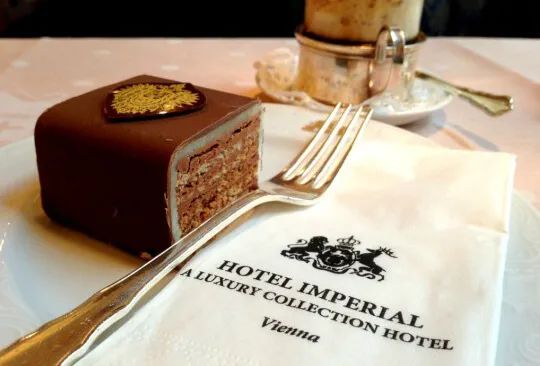
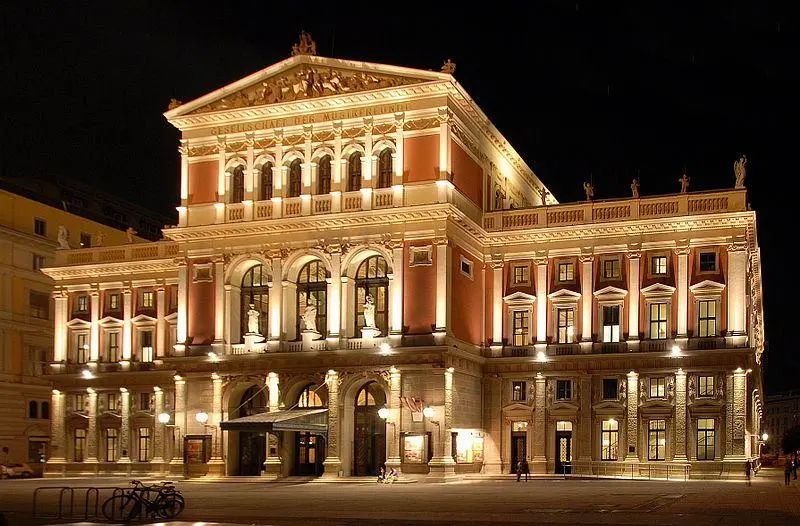
Attend a concert?
Mozart, Schubert, and Strauss. When you hear these names, you will know that Austria is called the "Land of Music", and it is no exaggeration at all.
Every year on January 1, the Vienna New Year Concert is held in the famous Golden Hall (Vienna Golden Hall) in Vienna, Austria, under the attention of the world.
Familiar friends should know that most of the repertoire performed every year are works composed by Johann Strauss Jr. and his family, known as the "King of Waltz".
The performance itself is also undertaken by the world's oldest top orchestra - Vienna Philharmonic Orchestra.
The tone of the entire New Year's concert is relaxed, cheerful, elegant and luxurious.
Welcome the arrival of the new year with a bright atmosphere and good expectations for life.
On the one hand, this demonstrates the loyalty of the Vienna Philharmonic Orchestra, and even the entire Vienna Philharmonic Association, to Austrian culture and the inheritance of splendid and long-standing works.
On the other hand, the Vienna Philharmonic Association, especially the Vienna Philharmonic Orchestra, is very open about its close relationship with the Nazis.
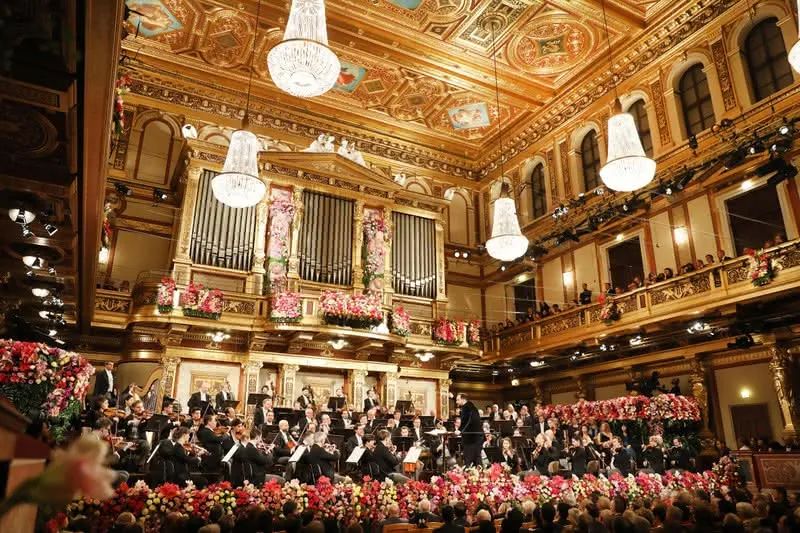
Therefore, to this day, from any aspect, the Vienna New Year Concert, known as the world's music festival, has put aside any connection with any political ideas. And truly strive to be the best when it comes to providing wonderful performances to the world.
Vienna New Year's Concert History
The first New Year's Concert in history was held on December 31, 1939 at the Musikverein in Vienna, Austria.
The music conductor at that time was the famous Austrian conductor Clemens Krauss.
Since 1942, the New Year’s Concert held in Vienna’s Musikverein has been officially scheduled on January 1, the first day of the new year.
In 1946, the New Year's Concert was officially named - Vienna New Year's Concert.
The 1987 Vienna New Year's Concert is destined to be recorded in history. Legendary music conductor Herbert von Karajan personally conducted this music festival.
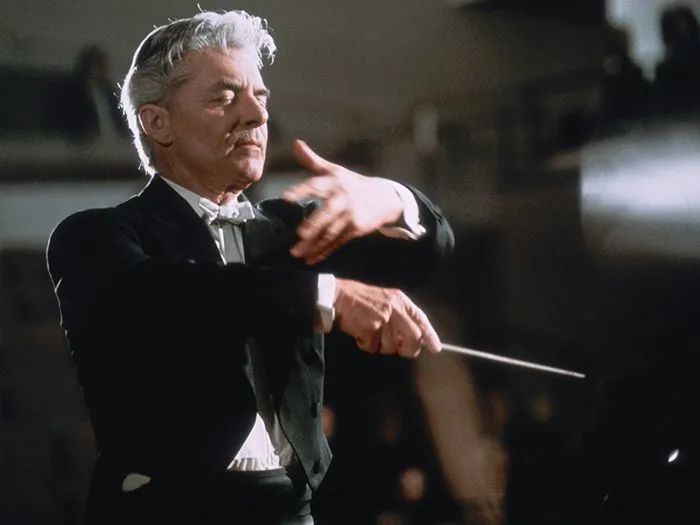
Herbert von Karajan
And it was established that from then on, the orchestra conductor would be changed at every Vienna New Year's Concert.
The choice of conductor is decided by a vote by the members of the Vienna Philharmonic Orchestra.
Not only has this become a major feature of the Vienna New Year's Concert, but being able to serve as a conductor has also become a recognition in the industry.
Vienna New Year's Concert Contents
As we mentioned before, the repertoire of the Vienna New Year's Concert was mainly composed by the Austrian Strauss family, among which Johann Strauss Jr., Johann Strauss Sr. and Joseph Strauss The works of three people are mainly .
There are two main reasons for this:
First, the founder of the concert, Clemens Kraus, is a loyal fan of the Strauss family's works.
Second, when the Vienna Philharmonic Orchestra selects repertoire, it is mainly festive and simple. It just so happens that the work of the Strauss family is approachable and suitable for the New Year atmosphere.
(Don’t ask, it’s up to the person to decide, there’s no reason)

Speaking of performances, there are actually three Vienna New Year Concerts.
December 30th is the rehearsal. But this "pre-show" is open to the public.
December 31st is a special event. This is the same as the official performance, but it will not be broadcast and is only designed for special audiences.
January 1 is the official performance of the Vienna New Year's Concert. It is also a performance that is officially broadcast to live audiences and around the world.
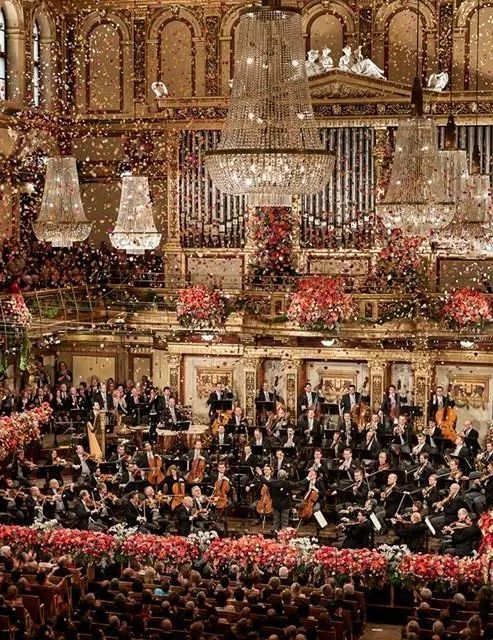
Speaking of which, are there any music-loving friends who have already started searching for how to buy tickets for the Vienna New Year Concert at the Musikverein?
Don’t worry, we have a website to buy tickets here.
Click at the end of the full text to read the full text .
There's just one small problem.
Live tickets for the Vienna New Year's Concert are registered online and drawn randomly.
It is said that hundreds of thousands of people participate in reservations every year.
If you are interested, why not try your luck?
Keywords: consumer guide

Austria is a European country that is neither expensive nor cheap. The pampering of the once powerful empire brought an unimaginable accumulation of wealth to Austria. To integrate the aristocratic mentality into one's bones, one must have a consumption level that can surpass that of "the group of workaholics who have no sense of humor and don't understand life" in Germany next door.
The currency in circulation in Austria is the Euro (Euro), with the currency code EUR. The denominations of the banknotes are 500, 200, 100, 50, 20, 10, and 5. Coins are 2, 1, 50 cents, 20 cents, 10 cents, 5 cents, 2 cents, 1 cent.
Sydney Currency Services' store in North Sydney offers 0-fee, 0-commission Australian dollar to euro exchange. And enjoy 30 days of worry-free currency repurchase protection.
average daily consumption price
Coffee – €2.50 (Regular Cappuccino)
Bottled water – €1.80 (330ml small bottle)
Beer – €5 (330ml bottle)
Lunch – 12 euros (wiener schnitzel)
Dinner – 30 euros (appetizer + main meal + dessert + drink)
Taxi – 36€ (Vienna International Airport to city center)
Big Mac Set – 8 euros (cheap and filling)
Travel budget per person
Economical – 80 Australian dollars per person per day (brunch, light meal, dinner in a regular restaurant, public transportation and free attractions)
Normal – 140 Australian dollars per person per day (simple breakfast, ordinary restaurant for lunch and dinner, taxi fare and 1 attraction fee)
Deluxe – 160 Australian dollars per person per day (breakfast, lunch and dinner at ordinary restaurant, taxi fare and 1-2 attraction fees)
Voltage and power sockets
Austrian voltage is 230V/50Hz. Most new chargers basically have a wide voltage range and can be used directly. For slightly older small appliances, please check the corresponding voltage in the manual in advance and consider whether you need to bring a transformer.
The power socket is as shown in the picture and adopts German standard Type C/E. If you do not use this type of charger, you need to purchase a converter in advance.

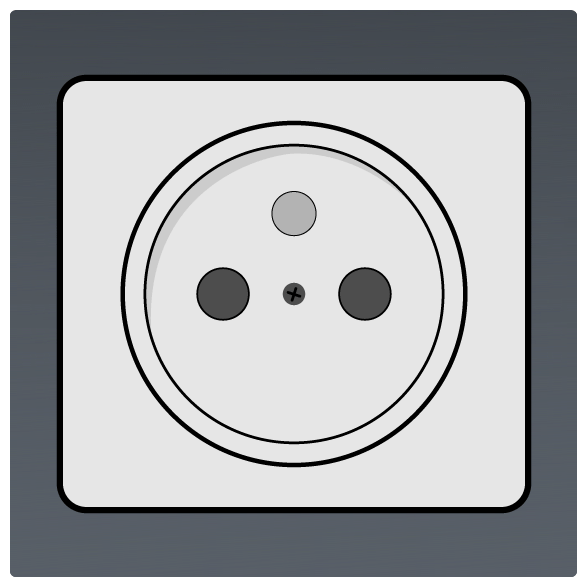

Disclaimer: The above information is for reference only. Sydney Currency Services summarizes the "average daily consumption price" information through the Internet and has been committed to ensuring the authenticity and accuracy of the information. Specific prices, services and specific information may change and cause deviations. "Travel budget per person" is an estimate and does not include air tickets and accommodation costs. Actual expenditures may vary depending on the consumption location, time, and specific content. Sydney Currency Services does not assume any responsibility or loss arising from the discrepancy between the above information and the actual situation.





